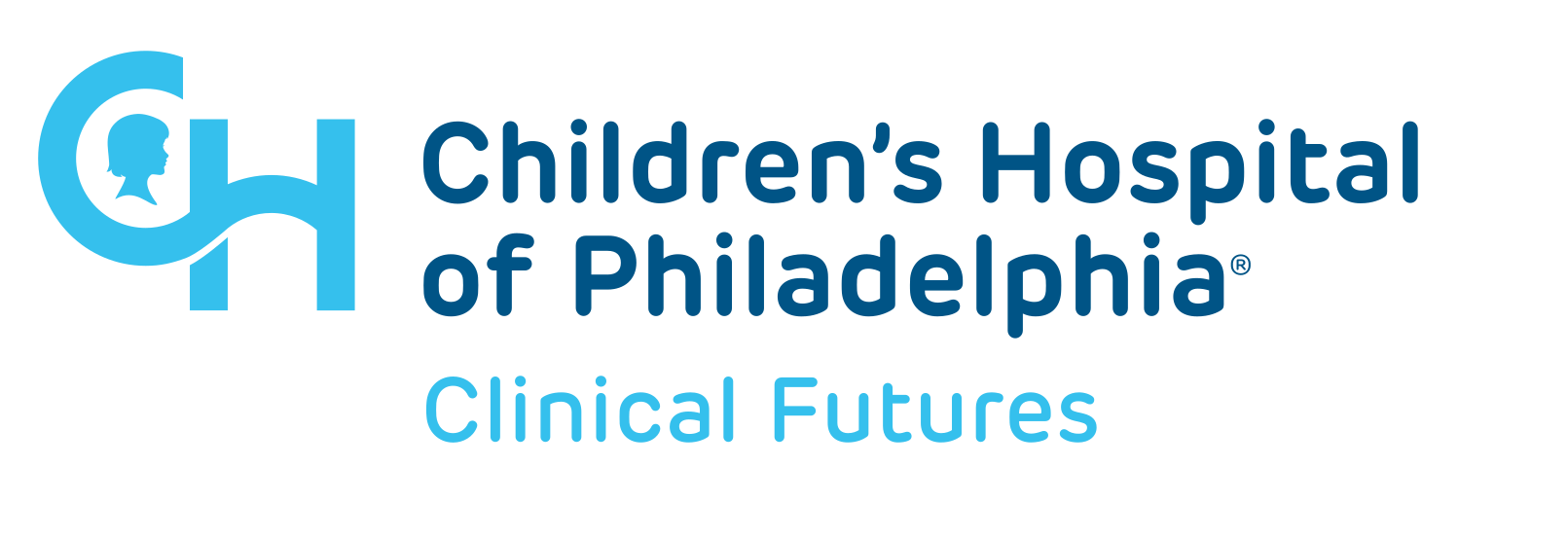Research In Practice Blog
Breadcrumb

Introduction
IgE-mediated food allergy is the most common cause of anaphylaxis in children, with peanut being a common culprit food. There has been much interest in food allergy prevention following the landmark LEAP study in 2015. In this study, prevention of peanut allergy was observed when peanuts were introduced early to infants with the risk factors atopic dermatitis (or eczema) or egg allergy.
Following the LEAP study, multi-organization consensus guidelines were published, starting with initial early peanut introduction guidelines in 2015, then addendum guidelines in 2017, followed by more recent guidelines in 2021, which now encourage early introduction of peanut, egg, and other food allergens. In practice, there has been variability in the uptake of these guidelines.
Video Abstract
Approach
A team of researchers from CHOP, including senior author David Hill, MD, PhD, and Clinical Futures Core Faculty members Stanislaw Gabryszewski, MD, PhD, Robert Grundmeier, MD, and Alexander Fiks, MD, MSCE, investigated whether the rates of peanut or any IgE-mediated food allergies changed after the publication of the 2015 early introduction guidelines and the 2017 addendum guidelines. Using the multi-state, primary care-based American Academy of Pediatrics Comparative Effectiveness Research through Collaborative Electronic Reporting (CER2) database, they identified children up to age three who were diagnosed with IgE-mediated food allergies and compared diagnosis rates before and after early introduction guidelines were published.
Results
Significantly, in the periods following the guidelines, the researchers observed a marked decrease in the rate of diagnosis of peanut IgE-mediated food allergy as well as IgE-mediated food allergy overall. This was true regardless of whether the child had a history of atopic dermatitis or egg allergy. Furthermore, peanut transitioned from the first most common listed food allergen to the second most common food allergen, surpassed by egg.
One of the key analyses performed by the researchers was interrupted time series analysis. As illustrated in the graph, they observed a declining rate of IgE-mediated food allergy diagnoses among 2-year-old children following the publication of early introduction guidelines, represented by the solid red line. In contrast, the rate of diagnosis before the guidelines, indicated by the teal and dotted red lines, was notably higher.
Implications and Insights
This study provides real-world evidence of a decline in the rate of pediatric peanut IgE-mediated allergy and IgE-mediated food allergy overall following the landmark early introduction guidelines. As such, they support an evidence-based strategy for the prevention of a life-threatening diagnosis in infants. Additional research is needed to examine diagnosis patterns of food allergies following the more liberalized early introduction guidelines published in 2021, and to identify barriers to implementation of early food introduction. As early introduction guidelines continue to evolve, ongoing advocacy will be needed to educate both clinicians and parents on optimal early introduction practices.
Check out these links for additional information and resources:
- CHOP News Release: "Children’s Hospital of Philadelphia Researchers Observe Significant Reduction In Diagnosis of Food Allergies Following Expert Guidelines Encouraging Early Peanut Exposure"
- The Allergy Program at Children’s Hospital of Philadelphia (CHOP)
- CHOP Food Allergy Center: https://www.chop.edu/centers-programs/food-allergy-center
- Food Allergy Prevention resource for parents and clinicians: https://foodallergyprevention.org/
- Food Allergy Facts and Statistics: https://www.foodallergy.org/resources/facts-and-statistics
Also, please read this related Research in Practice Blog post by Stanislaw Gabryszewski, MD, PhD, “Pediatric Allergies: Building the Evidence Base” from September 2023.
